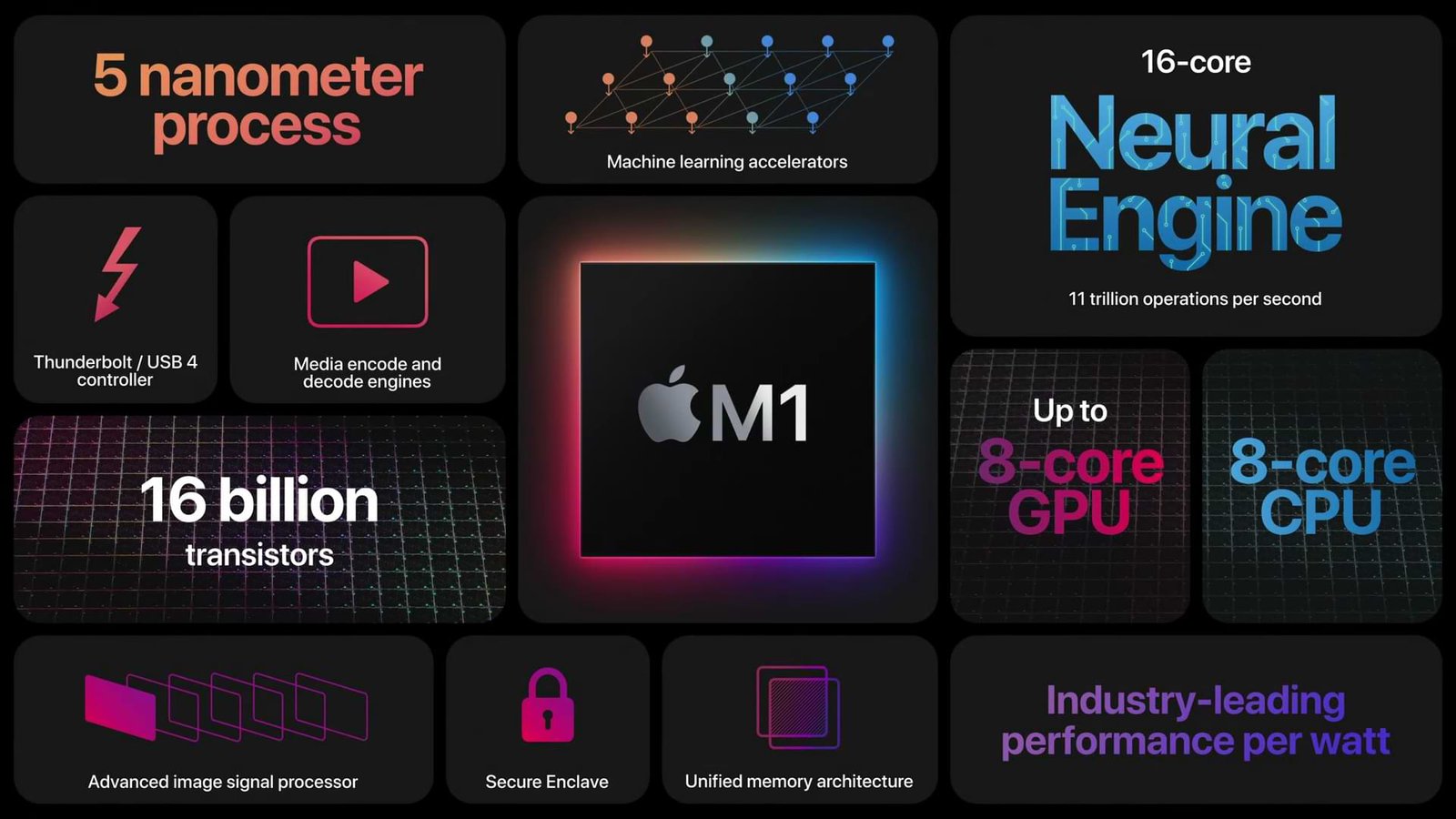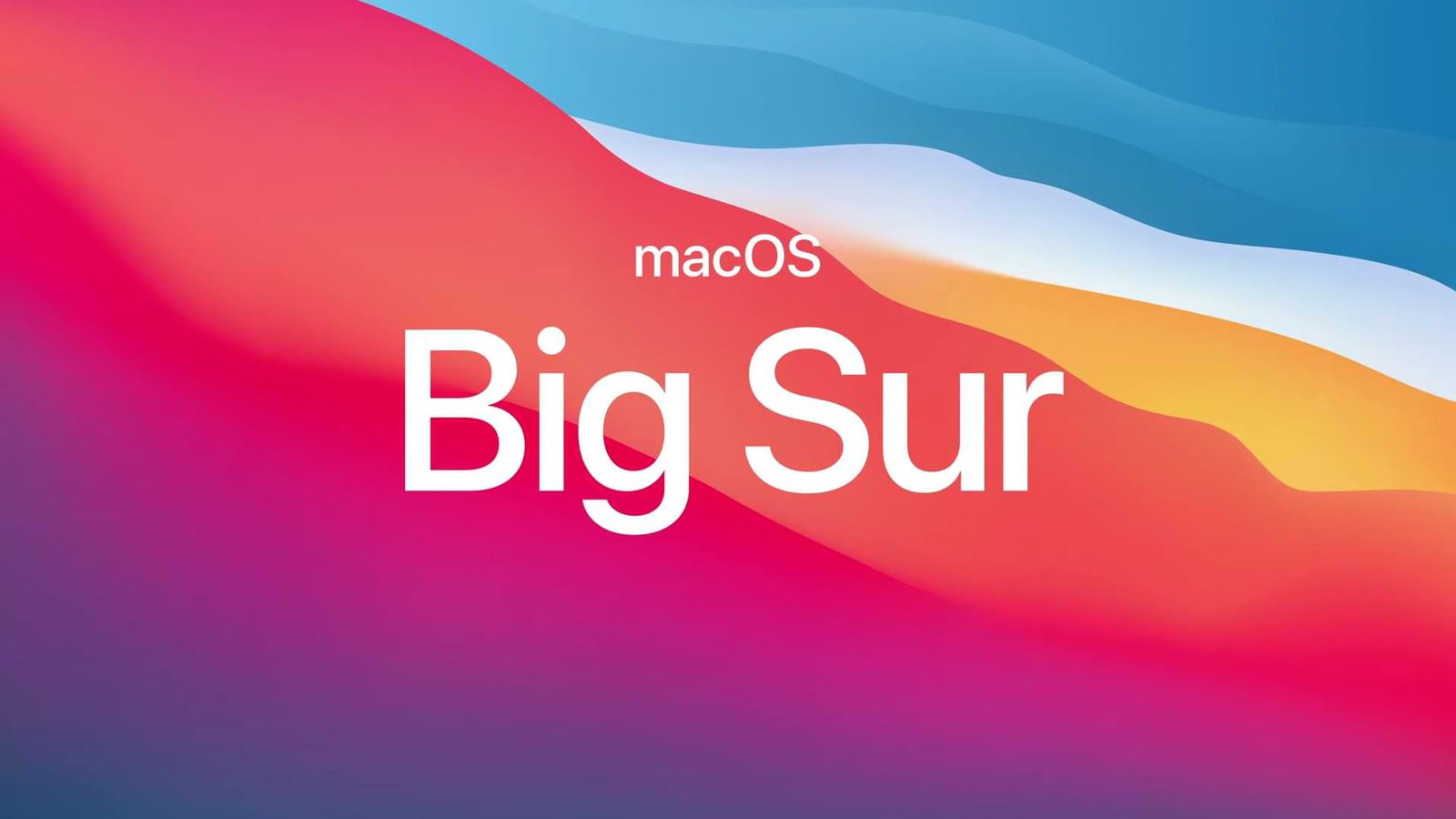Apple had a big year. The November 10 event is the third major event of Apple in the past two months. When they announced the “One more thing” event, the world knows already about Apple Silicon. It has been big news around that Apple is in plans to make a transition from Intel to Apple’s own Silicon. Here they are now, the Apple Macs with M1 Chip inside.
In the November 10 event, Apple launched three products from its Mac PC line-up. A 13-inch MacBook Air, 13-inch MacBook Pro, and a Mac mini. One thing is common in all, the M1 Chip. What’s new in this? Is it a game-changer? Let’s have a conversation on this to get the answers.
M1
The M1 chips are built using 5nm process technology; they’re the first to use it in the PC segment. The smallest transistors sum up to be 16 billion to fit right into it. So more transistors, more power, and also more efficiency.
It is an 8-core CPU inside (4 high-performance and 4 high-efficiency cores) that gives a giant leap overall. The 8-core GPU doubles the performance as they claim, but no information about with which they are comparing with.
The 16-core Neural Engine gets to run 11 trillion operations per second and ML accelerators give a big plus. Doesn’t it sound like an A14 Bionic chip from iPhone 12? I feel it while writing this. Also, M1 is built on ARM architecture which is a mobile master.
Double the Graphics, Double the SSD performance using new flash technology, and they unveiled some more numbers, like comparisons and percentage of improvements. We can take that as Apple is well-known for delivering what they claim. To see the full launch event video, it is right at the end of this article.
Applications and Development
Well, enough talking about the greatest pros of M1, here the other side of the coin. Apple moved to its own Apple Silicon M1 ditching Intel. Whatever the applications we used till now are built for Macs powered by Intel. As they are not built for Apple Silicon, they are not meant to run on Apple Silicon (yet). However, Apple already had a solution for this. Rosetta 2, the technology that emulates the applications that can run on Intel to run on Apple Silicon. They introduced universal apps that can run on M1 natively. Also, they have invited developers all around the world to develop their applications to run on M1 natively taking full advantage of M1.
macOS Big Sur
Big Sur is built to use the complete capability of M1. In both power and efficiency. It made a big jump in improving privacy updates and brings new feature-rich updates for applications. It gets a bold new design and UI make up. The update will hit all the Mac devices from November 12.
Rolling up
Finally, Apple took a big and important step transitioning from Intel to Apple Silicon. It may take a couple of years to build the whole thing like apps to run natively, small developers to enterprising companies to build ARM applications, and to make all the Mac PCs with Apple silicon in it. Well, it takes time but the first step is important and they did it. Apple nailed the innovation by directly entering 5nm process technology whereas Intel just entered the 10nm process recently. Next-generation Mac devices are already out and are available to purchase from their website. Hope the upcoming Mac desktops which can run on more power in-take will do even better concentrating on the performance they deliver.
If at all you want to watch the whole event video, here it is.
So that’s it for now. Thank you for reading and do share the article if you feel it informative. Also, keep an eye on this space to get relevant updates. Stay safe and hope we see you around.










